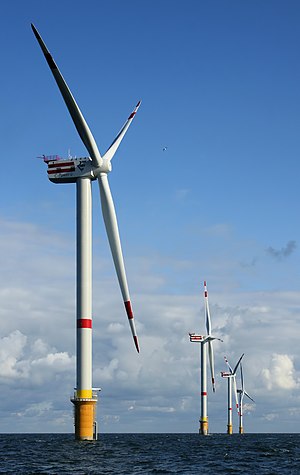Key performance indicators are the startup's dashboard, they are your compass and life saving data pointers. Without them, you're flying blind. Needless to say, setting them up correctly is one of the most important thing you can do. And equally important, you should use the same KPI's that you show to your board. Otherwise the whole discussion looses meaning.
There are different ways of doing it, however here are some rules of thumb:
- limit number of KIPs to 10 or less
- they should natural, and straightforward, if you have hard time explaining them, find new ones
- cover the vital areas of your business, like financial, operations...
One KPI that you will almost certainly on the financial side have is the burn rate. It's the amount of money you burn per month. It's pretty self explanatory. There are really just two ways how to optimise it: spend less or earn more. Unless you have a really good one, there is really no big need to add another KPI from the financial side. From this one and cash in the bank it's pretty easy to calculate your runway and others.
On the sales, the imagination can run wild. Sales, sales/client, number of deals (if you have standardised ones), recurring clients, all those are good ones, depending what kind of business you're in. Pick one, two or three that really accurately embody sales side of your business.
From that point on, areas can be very different. If you're in online retailing, gross margin might be it, if you're building destination site, number of users. If you're in freemium business, conversion rate might be most appropriate. If you're building large data sets amd that brings you value, a number from that side might be appropriate.
There are a number of areas that might be appropriate for your business. Think it through and make the best set of KPIs you can.
When you're finished, take a step back and look at the big picture. Are they accurately portraying your business? Is the impact of each significant long term. When each of them declines, remains stagnant or declines, what do they tell you?
If that all makes sense, bring them to your next board, agree on them with your board. If everybody agrees burn them in and keep them for at least six months, to see the trends. If you can simulate them for the past, even better. Now you have your flying dashboard.
The only thing you need to ensure now that they actually get populated without you having to spend two days each month compiling them.
And that's it, that's one slide on your board deck that you should never be without.


















